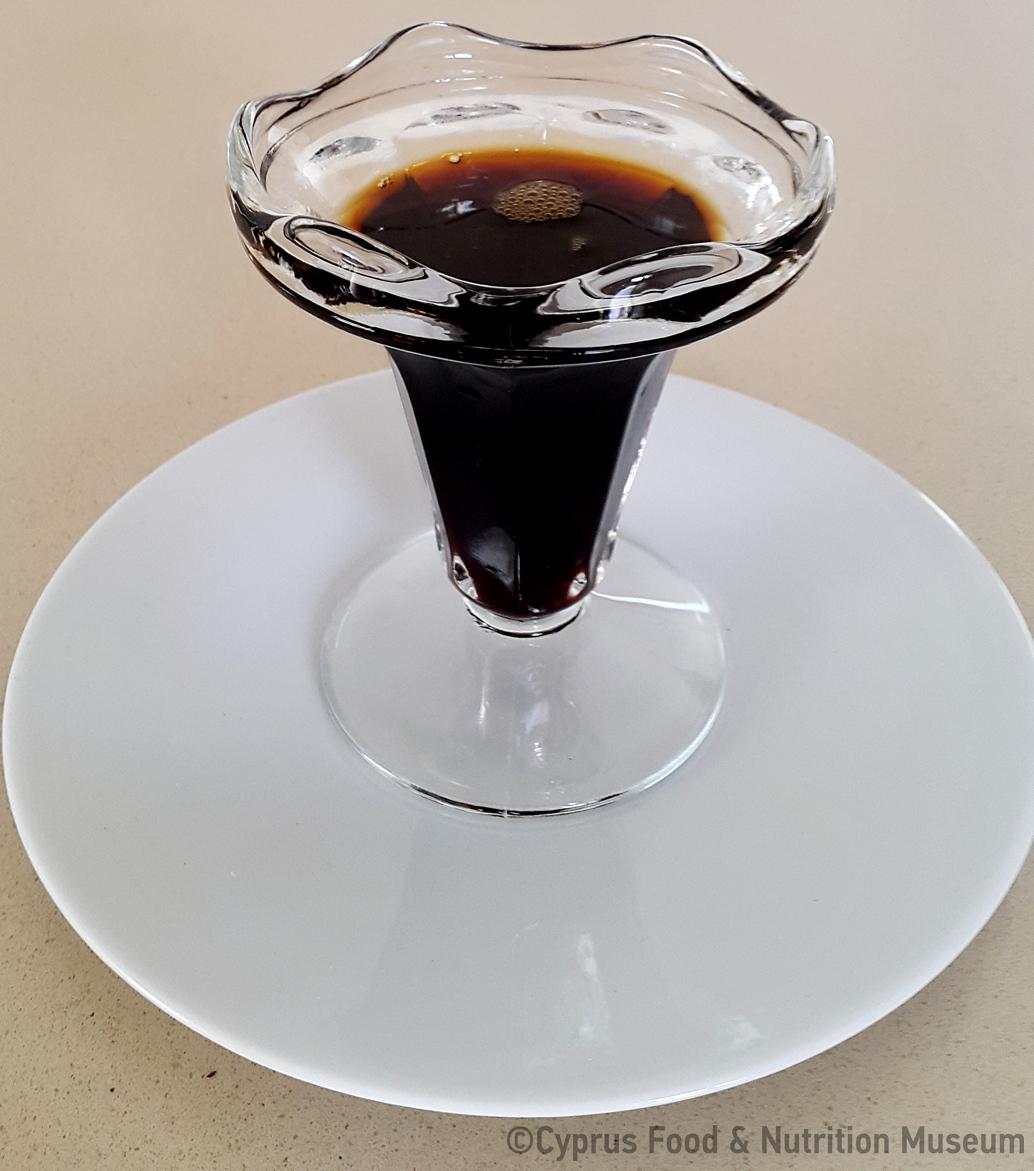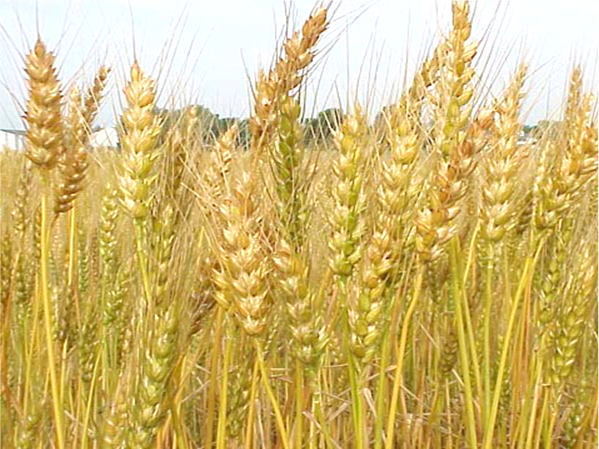A vegetarian, fasting dish of Turkish origin.
Name - Origin
It is a fasting dish with various legumes (Yangoullis 2009, entry ασ̆ουρές,ο, 83). Xenophon P. Farmakidis in his Glossary notes that it is a delicacy, customary among the Ottomans (Kypri 1983 [2003²], entry ασ̆ουρές,o, 454). The Turkish origin of the delicacy is also noted by Ioannis Erotokritos in his Glossary. He mentions that it is a complex dish, which includes honey, olives, wheat, etc. mixed with beans (Kypri 1989, entry ασ̆ουρές,ο, 16). Eugenia Petrou-Poeitou mentions that it is a sweet made from various cereals, usually consumed during Christmas celebrations (Petrou-Poeitou 2013, entry Asoures, 28).
ETYM. Turkish aşure (Arabic aşūrā) (Yangoullis 2009, entry ασ̆ουρές,o, 83) = the name of the 10th day of the 1st month of Muharram. Noah's pudding. It is made in commemoration of the last meal in the Ark ( Petrou-Poeitou 2013, entry Ασουρές, 28).
Christians call ashoures any dish, in which the ingredients are cooked until it melts and/or any dish prepared with various ingredients: 'Our food today is completely ashoures' (Kypri 1983 [2003²], entry ασ̆ουρές,o, 454).
'It's sompletely ashoures' is said of not well prepared food (Kypri 1989, entry ασ̆ουρές,o, (Kypri 1989, entry ασ̆ουρές,o, 16; Yangoullis 2009, entry ασ̆ουρές,o, 83).
It is prepared as follows: broad beans ('foulia' according to the Greeks of Egypt) and pourkourin (bulgur wheat) are boiled in epsyma (reduced grape juice) until they melt and become a pulp. Then they put the pulp on plates and top it with sesame seeds and raisins (Kypri 1983 [2003²], entry ασ̆ουρές,ο, 454).
Functional and symbolic role
The five orange to yellow ovaries are consumed raw from the shell with lemon juice. The black sea urchin and dead sea urchins are not consumed (Great Encyclopedia of Cyprus, vol. 3, entry ασ΄ινός,ο, 13-14).
In many areas there is a custom of preparing this sweet in households with unmarried girls. It is a symbol of good luck and abundance (Petrou-Poeitou 2013, 28).
Additional information and bibliography
Alevites, to commemorate Imam Hussein and his 12 companions, prepare the ashoure with 12 different ingredients (Petrou-Poeitou 2013, entry Ασουρές, 28).
Yangoullis K. G. (2009), Thesaurus of the Cypriot dialect. Interpretative, Etymological, Phraseological and Nomenclatural Dictionary of the Medieval and Modern Cypriot Dialect, Theopress Publications, Nicosia.
Kypri Th. D. (ed.) (1983 [2003²]), Materials for the compilation of a historical dictionary of the Cypriot dialect, Part B, Glossary of Xenophon P. Pharmakides, Publications of the Centre for Scientific Research, IX, Nicosia.
Kypri Th. D. (ed.) (1989), Materials for the compilation of a historical dictionary of the Cypriot dialect, Part C, Glossary of Ioannis Erotokritos, Publications of the Centre for Scientific Research, XIV, Nicosia.
Petrou-Poeitou E. (2013), Where do they come from. Words and stories from the world of taste, Epiphaniou Publications, Nicosia.
Tonia Ioakim, Argyro Xenophontos



